You might have already heard about no-code or low-code tools. These are handy software platforms that allow you to build your own applications to automate various workflows with little to no special skills or knowledge of basic programming.
And they are pretty big right now, to say the least. How big, you ask? Well, Gartner expects the no-code market to grow by 23% in 2021 alone (and even account for 65% of all application development by 2024).
Since I’m a huge tech enthusiast and automation geek, I’m always on the lookout for new and exciting tools to do some of my work for me — especially if it takes just a few minutes to set up the whole process. That is why I’ve become an avid no-code sales tools user over the past couple of years.
And I’m ready to share 25 of my top picks (+ some alternatives) with you.


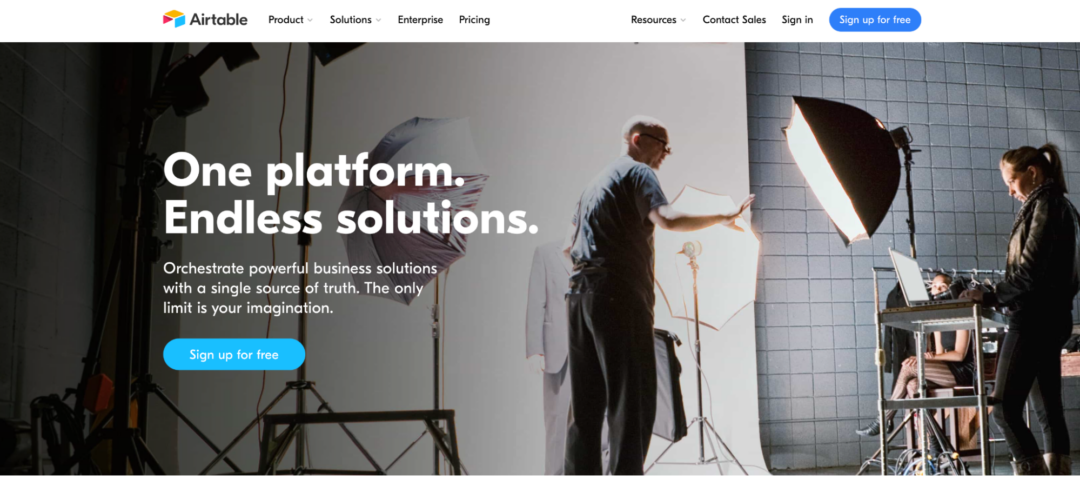
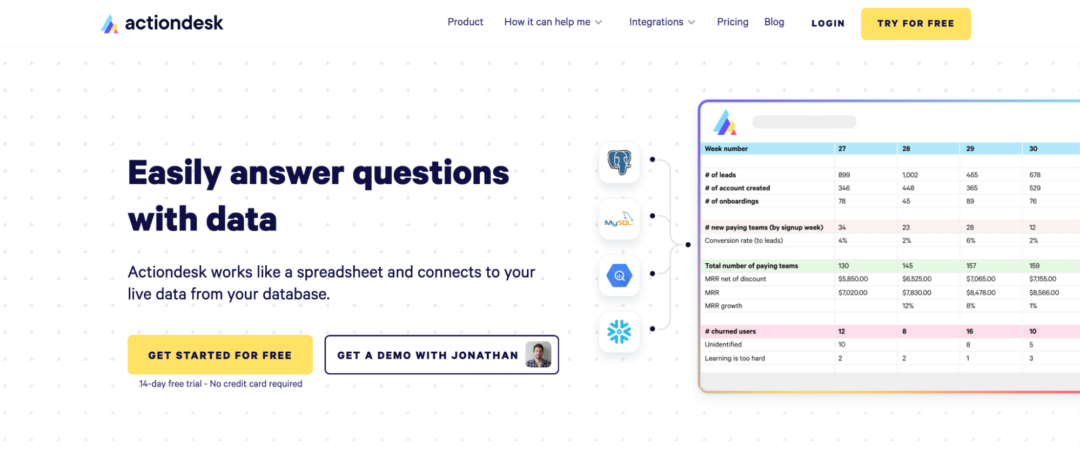
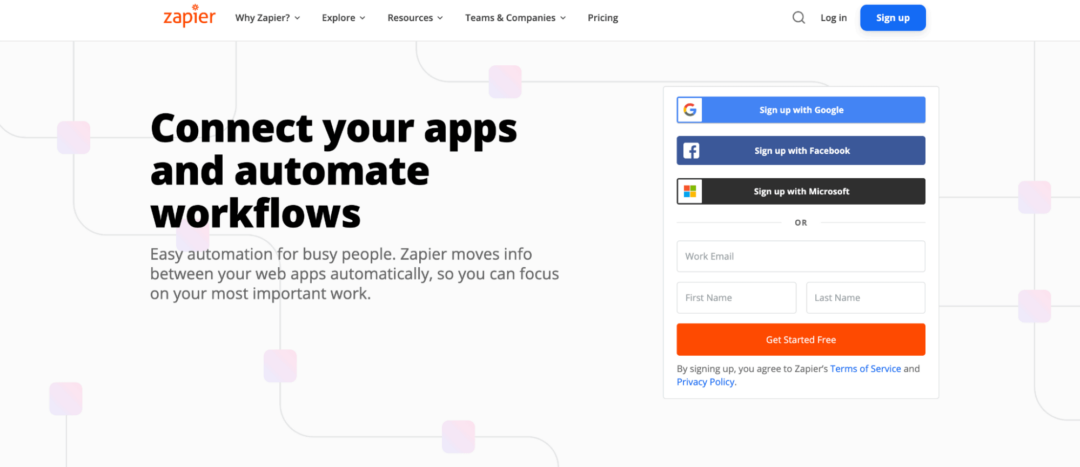
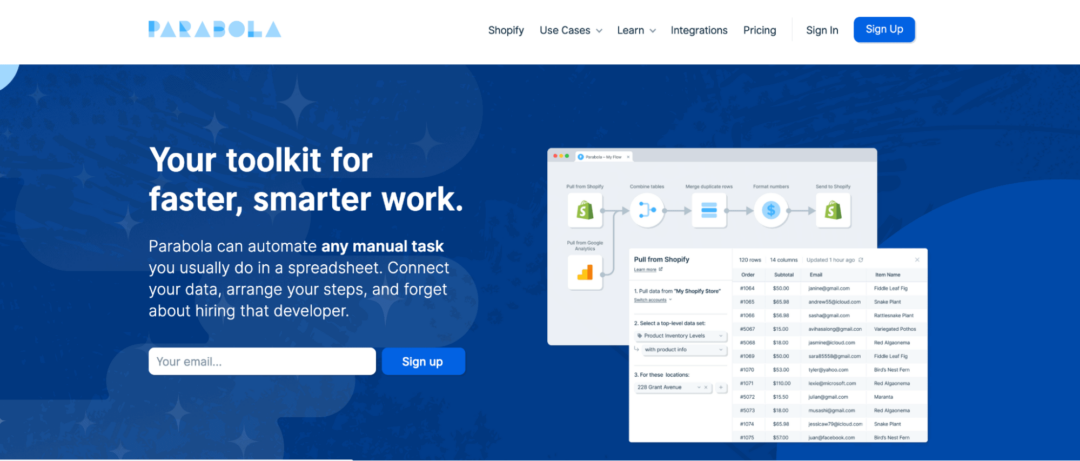
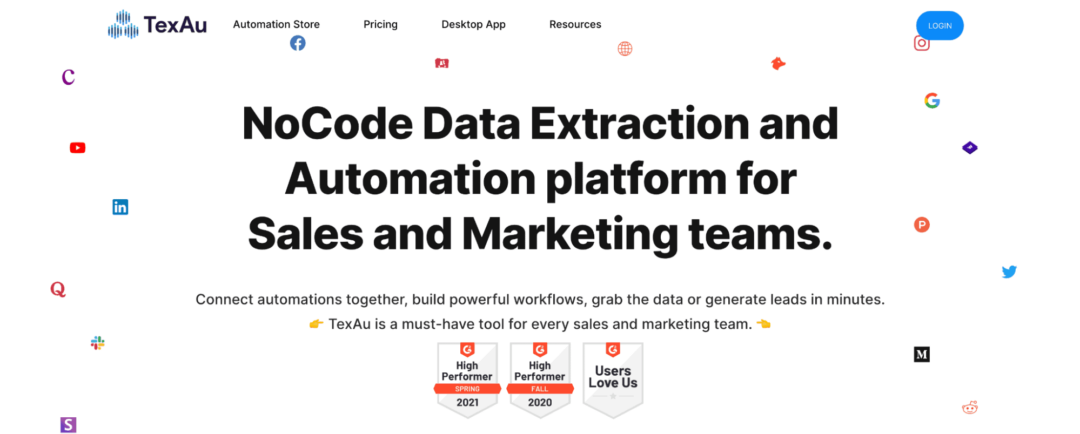
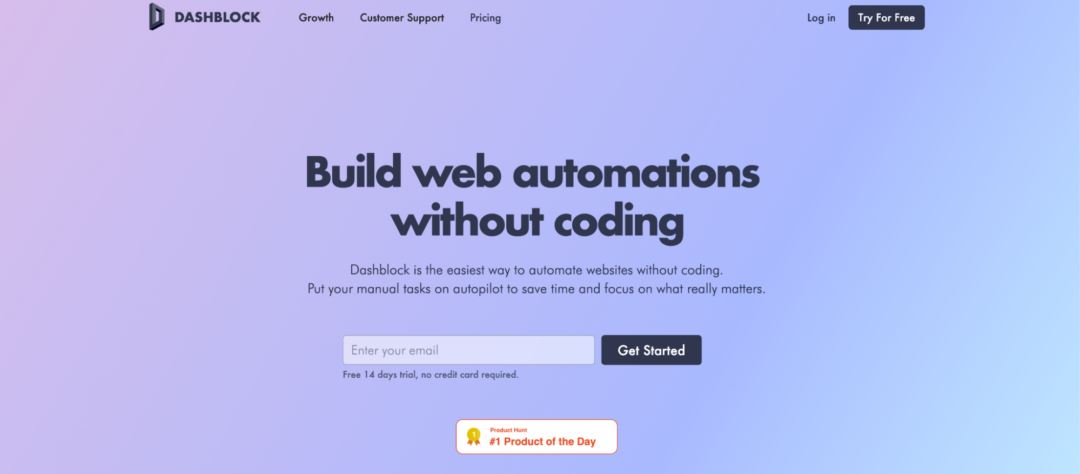
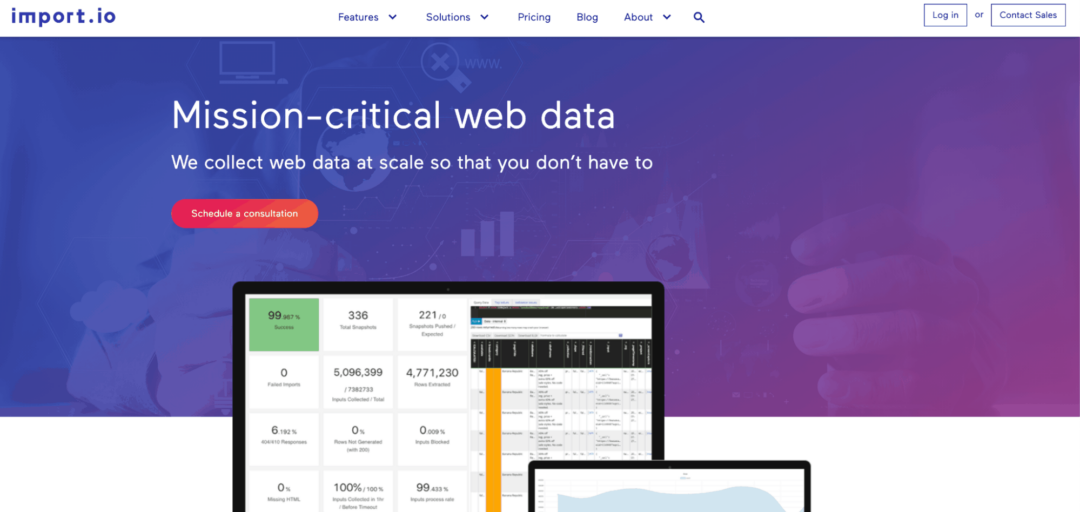
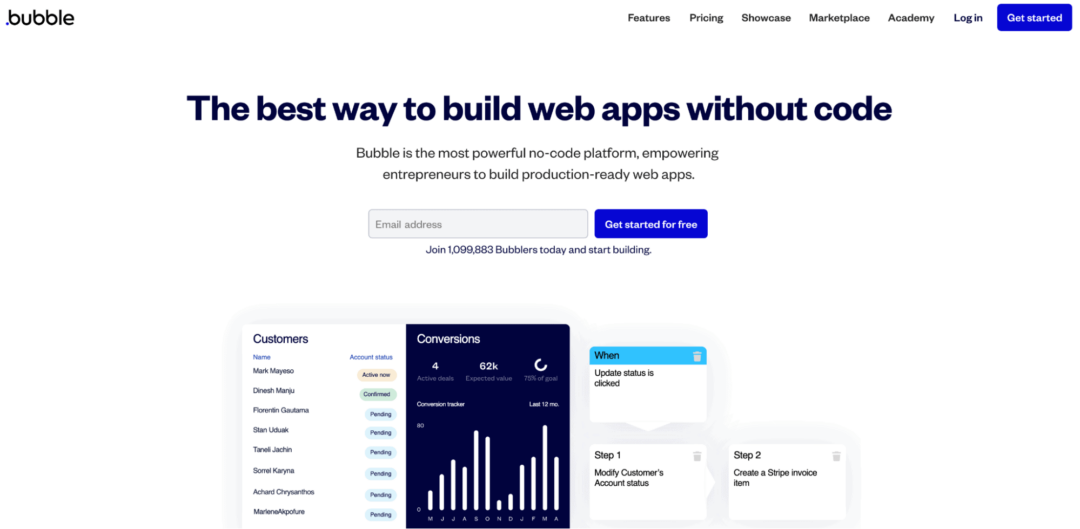
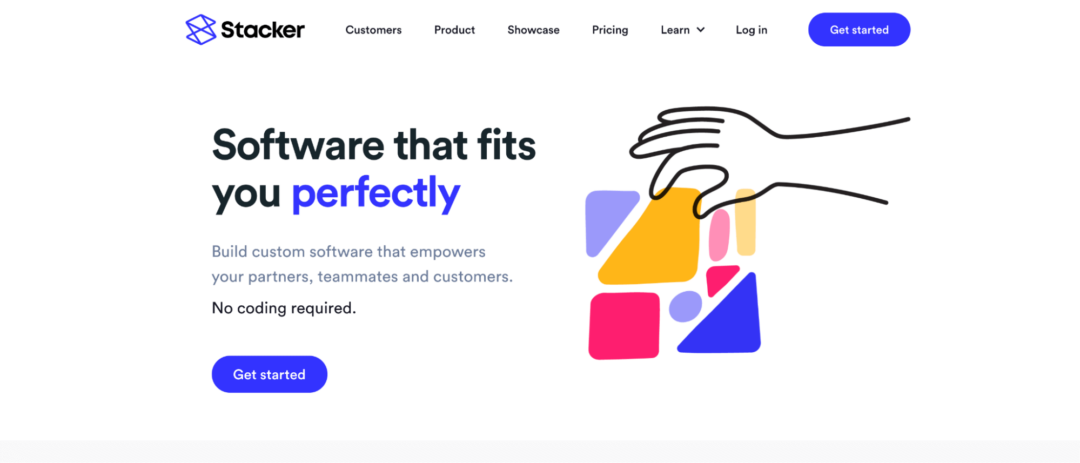
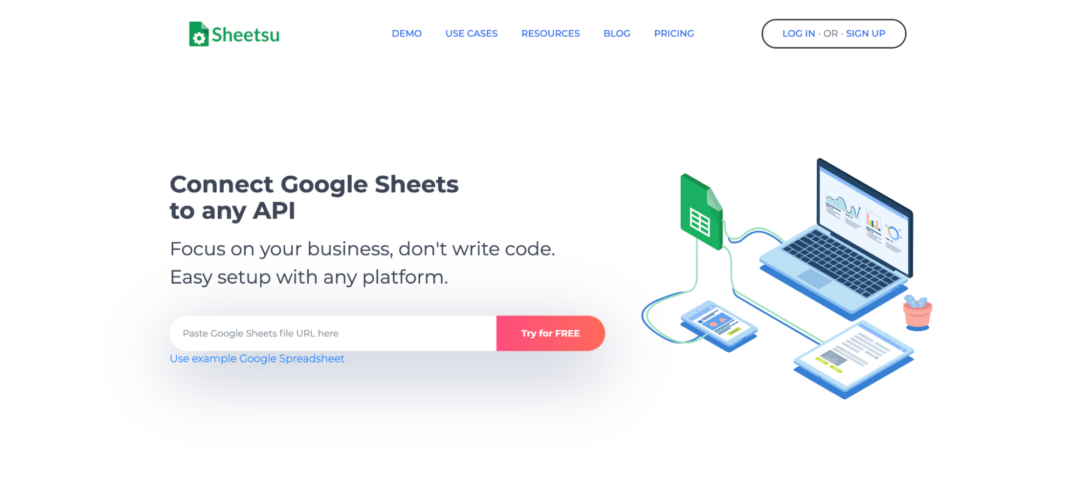
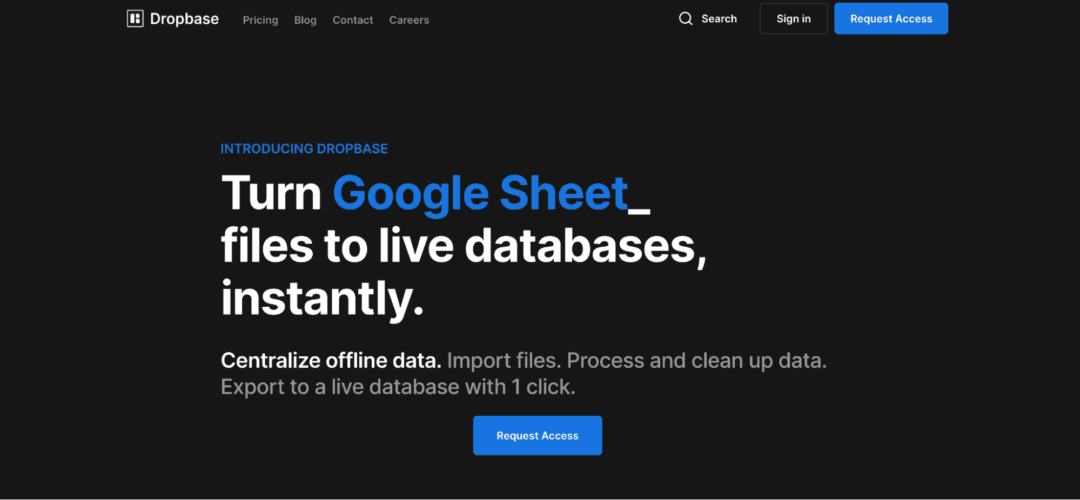
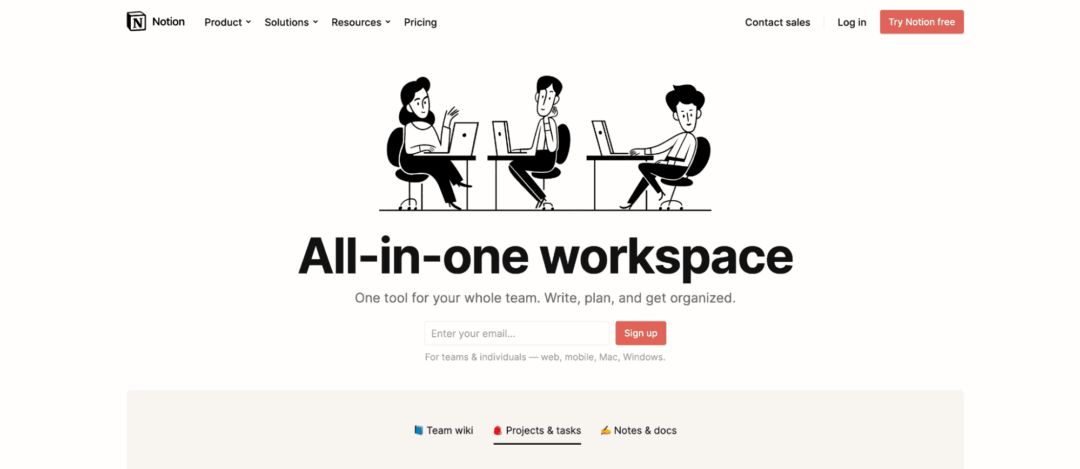
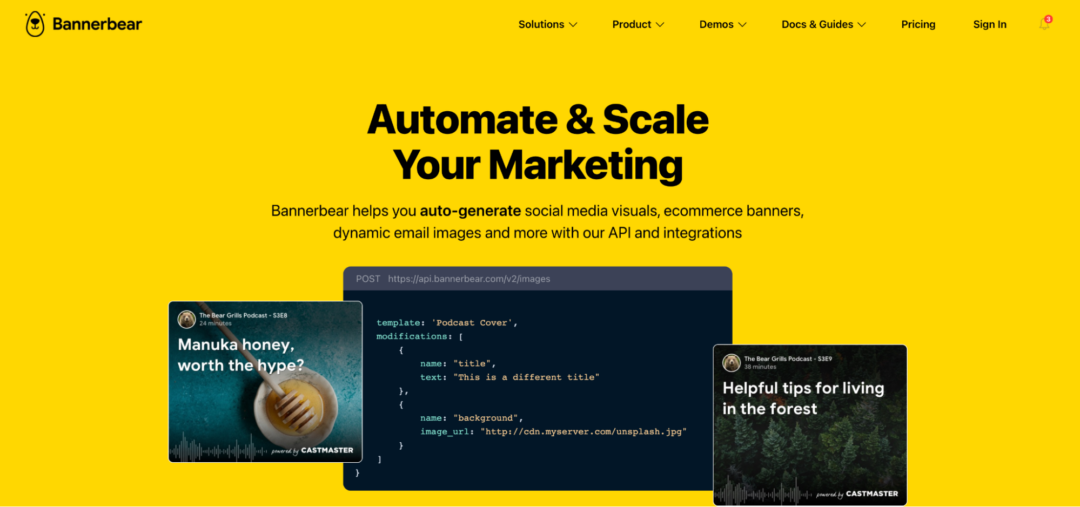
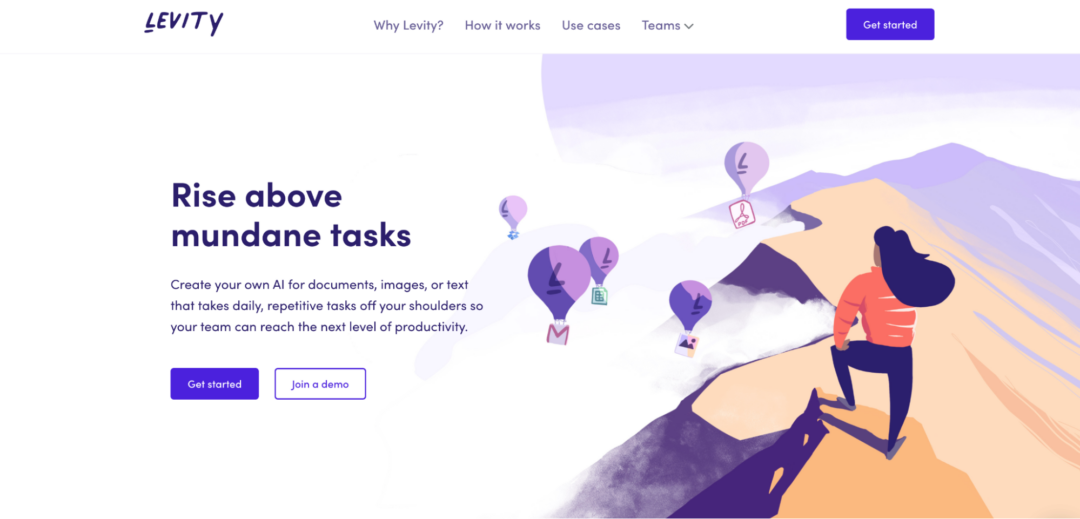
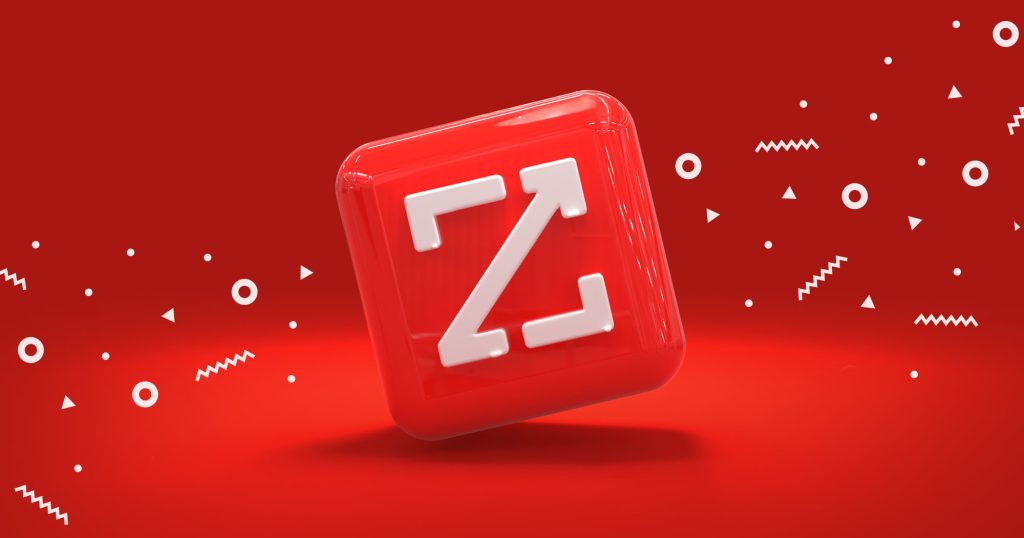


![How to Write Your Perfect LinkedIn Connection Message [With 15+ Templates] How to Write Your Perfect LinkedIn Connection Message [With 15+ Templates]](https://reply.io/wp-content/uploads/linkedin.messages-1024x538.jpg)